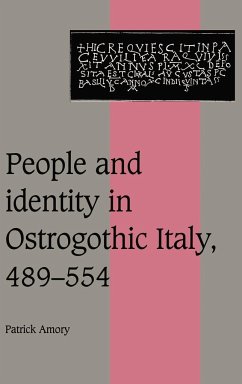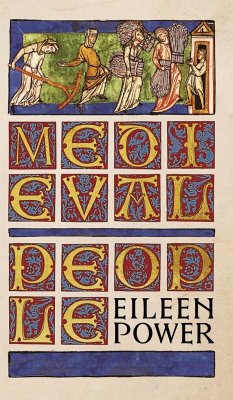The barbarians of the fifth and sixth centuries were long thought to be races, tribes or ethnic groups who toppled the Roman Empire and racist, nationalist assumptions about the composition of the barbarian groups still permeate much scholarship on the subject. This book proposes a new view, through a case-study of the Goths of Italy between 489 and 554. It contains a detailed examination of the personal details and biographies of 379 individuals and compares their behaviour with ideological texts of the time. This inquiry suggests wholly new ways of understanding the appearance of barbarian groups and the end of the western Roman Empire, as well as proposing new models of regional and professional loyalty and group cohesion. In addition, the book proposes a complete reinterpretation of the evolution of Christian conceptions of community, and of so-called 'Germanic' Arianism.
Table of contents:
Preface; Map of Ostrogothic Italy; List of rulers; Introduction: studying the barbarians in late antiquity; 1. Ethnicity, ethnography and community in the fifth and sixth centuries; 2. The Ravenna government and ethnographic identity: from civitas to bellicositas; 3. Individual reactions to ideology. I: names, language and profession; 4. Complementary and competing ideals of community: Italy and the Roman empire; 5. Individual reactions to ideology. II: soldiers, civilians and political allegiance; 6. Catholic communities and Christian empire; 7. Individual reactions to ideology. III: Catholics and Arians; 8. The origin of the Goths and Balkan military culture; Conclusion; Appendix 1: the inquiry into Gundila's property; Appendix 2: the Germanic culture construct; Appendix 3: archaeological and toponymic research on Ostrogothic Italy; Appendix 4: dress, hairstyle and military customs; Prosopographical appendix: a prosopography of the Goths in Italy, 489-554.
The barbarians of the fifth and sixth centuries have long been considered the ethnic group responsible for the fall of the Roman Empire. This book challenges this interpretation, through a case-study of the Goths of Italy between 489 and 554.
A new view of the Goths of Italy, challenging racist, nationalist assumptions about barbarian groups.
Table of contents:
Preface; Map of Ostrogothic Italy; List of rulers; Introduction: studying the barbarians in late antiquity; 1. Ethnicity, ethnography and community in the fifth and sixth centuries; 2. The Ravenna government and ethnographic identity: from civitas to bellicositas; 3. Individual reactions to ideology. I: names, language and profession; 4. Complementary and competing ideals of community: Italy and the Roman empire; 5. Individual reactions to ideology. II: soldiers, civilians and political allegiance; 6. Catholic communities and Christian empire; 7. Individual reactions to ideology. III: Catholics and Arians; 8. The origin of the Goths and Balkan military culture; Conclusion; Appendix 1: the inquiry into Gundila's property; Appendix 2: the Germanic culture construct; Appendix 3: archaeological and toponymic research on Ostrogothic Italy; Appendix 4: dress, hairstyle and military customs; Prosopographical appendix: a prosopography of the Goths in Italy, 489-554.
The barbarians of the fifth and sixth centuries have long been considered the ethnic group responsible for the fall of the Roman Empire. This book challenges this interpretation, through a case-study of the Goths of Italy between 489 and 554.
A new view of the Goths of Italy, challenging racist, nationalist assumptions about barbarian groups.








